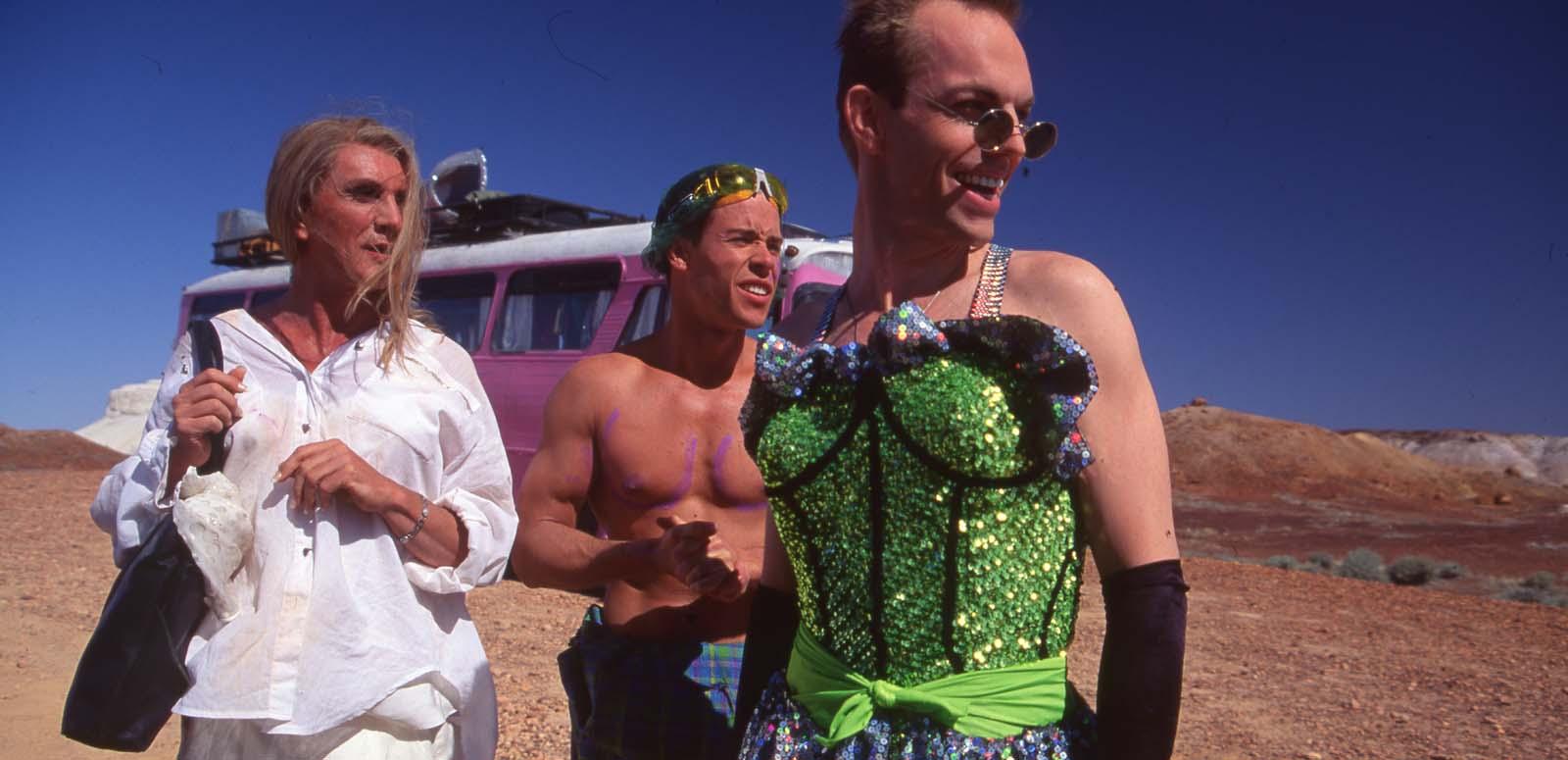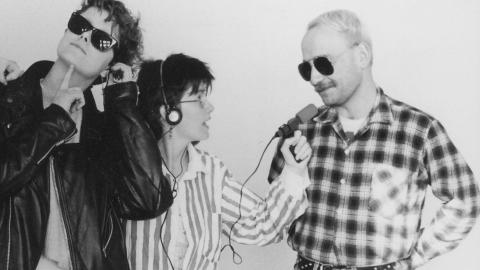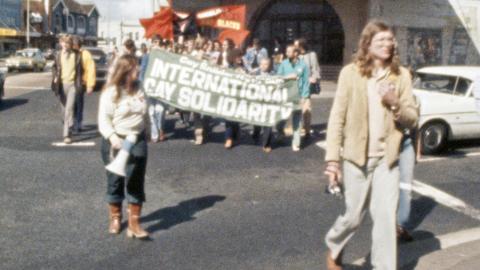It’s more than a matter of ‘I Will Survive’: the films, documentaries, newsreels and series in the NFSA collection remind us how the LGBTQIA+ community have challenged and changed Australian attitudes with dignity and an undefeatable dose of queer joy.
This feature is part of the LGBTQIA+ Pride Collection at the NFSA.




